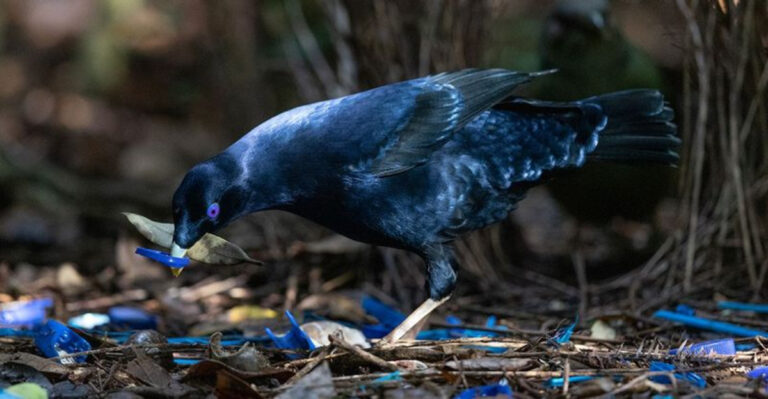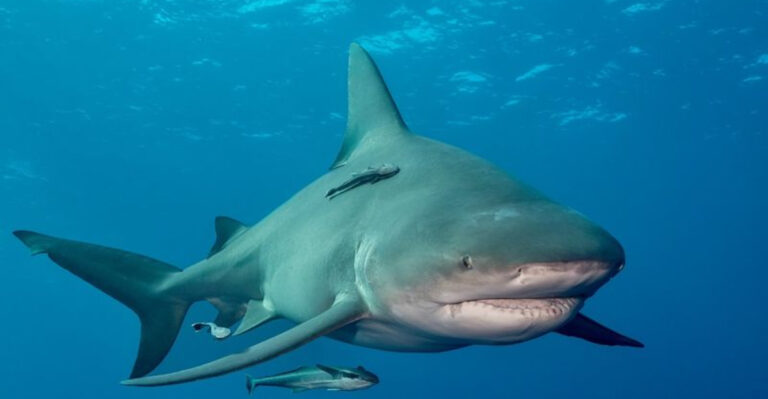The Only Pink Manta Ray In The World: A Truly Unique Creature
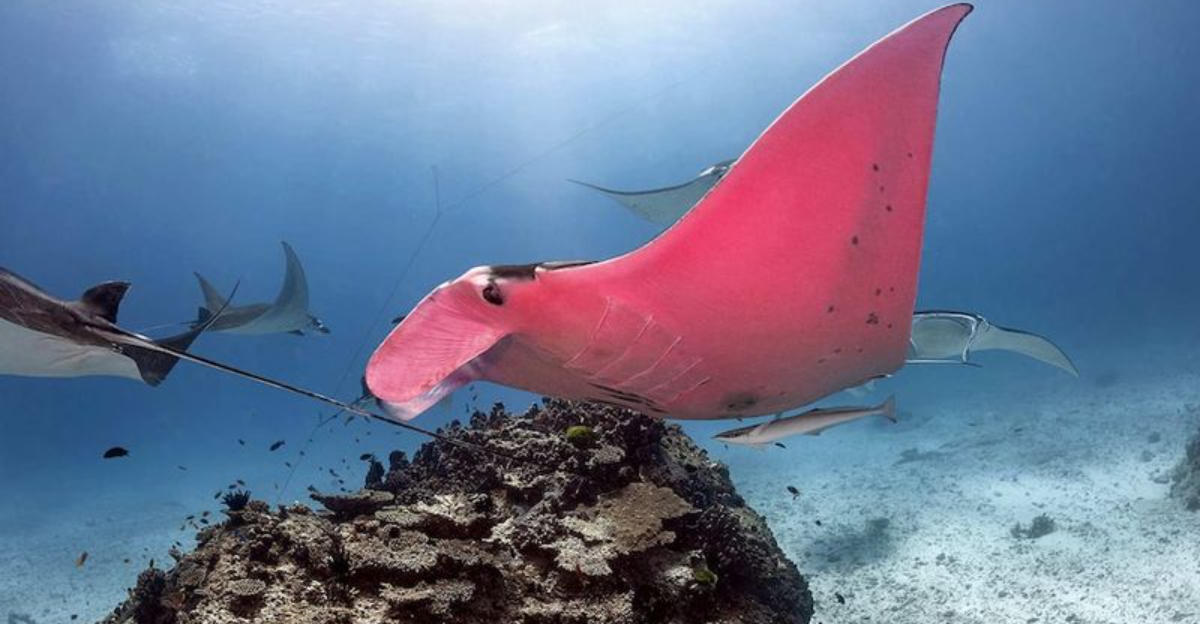
Imagine swimming through the clear blue waters of Australia’s Great Barrier Reef and suddenly spotting a rare, pink manta ray gliding gracefully beneath you.
This extraordinary creature, named “Inspector Clouseau,” is the only known pink manta ray in the world, and its vibrant hue has captivated scientists and ocean lovers alike. First spotted in 2015 near Lady Elliot Island, this stunning ray is a genetic marvel, possibly caused by a rare mutation.
Join us as we dive into the fascinating world of this one-of-a-kind ocean dweller and explore what makes it so special!
1. A Rosy Mystery In The Deep
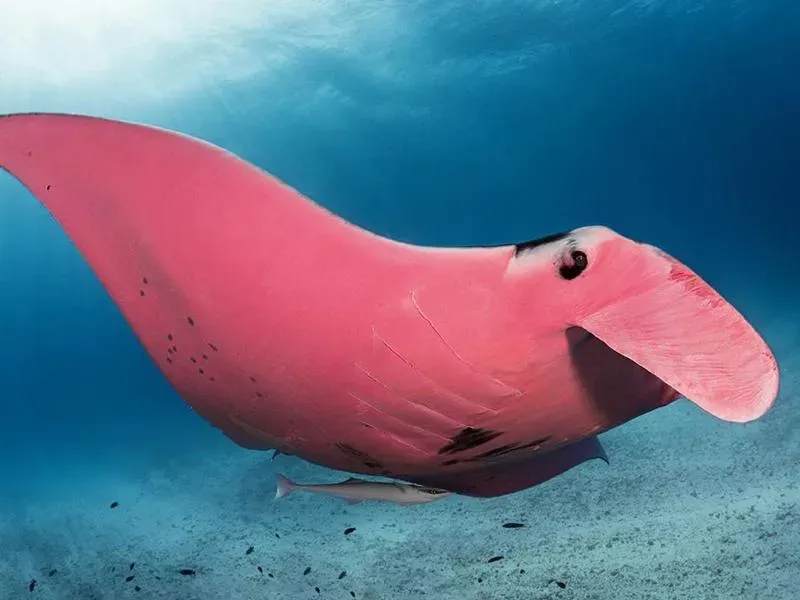
Scientists were baffled when they first spotted this bubblegum-colored giant. Initially, they thought its unusual hue might be caused by diet or infection.
But after skin biopsies, researchers discovered the pink coloration comes from a genetic mutation affecting skin pigmentation. The condition is extremely rare in marine creatures.
2. Not Just A Pretty Shade
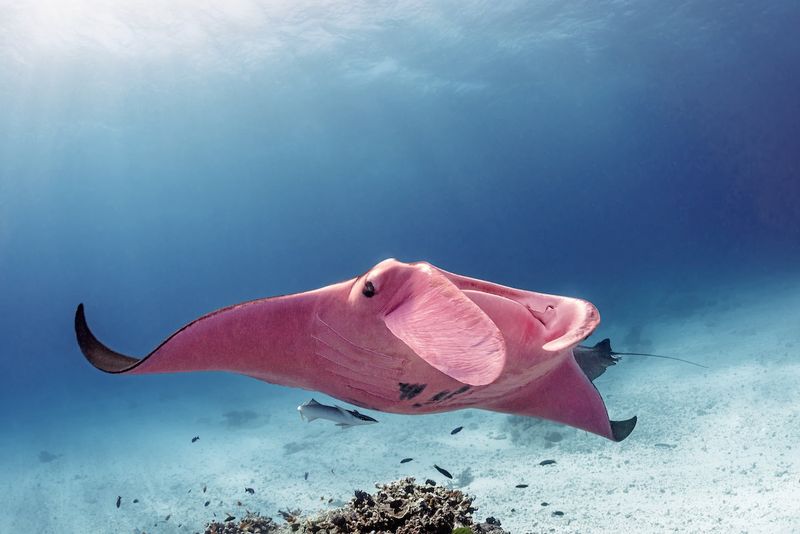
The pink manta’s uniqueness goes beyond its color. Spanning nearly 11 feet across, this male ray has been spotted around 10 times since first being documented in 2015.
Despite its celebrity status, it behaves like any other manta ray – gracefully gliding through waters, filter-feeding on plankton, and occasionally allowing divers to marvel at its splendor.
3. Home Sweet Australian Home
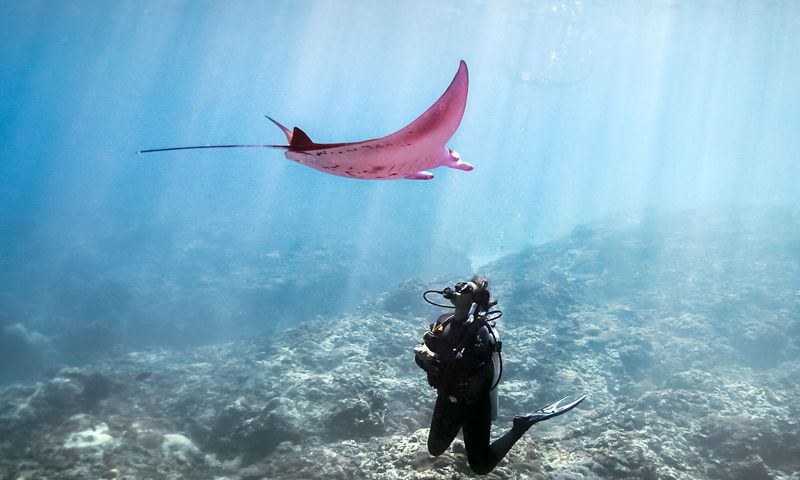
Inspector Clouseau calls the Great Barrier Reef home, specifically the waters around Lady Elliot Island. This tropical paradise sits at the southern tip of the reef system.
The area is a protected marine park, providing a safe haven for this one-of-a-kind creature. Local dive operators know his favorite hangouts and sometimes spot him during guided tours.
4. The Science Behind The Pink
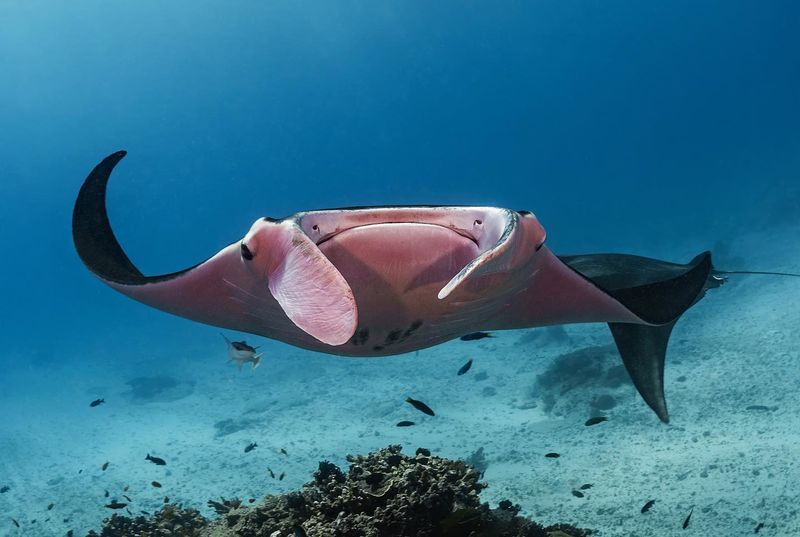
Remember that childhood phase when you wanted everything pink? This ray didn’t grow out of it! Researchers believe his coloration comes from a condition called erythrism.
This genetic mutation causes an overproduction of red pigments or underproduction of dark pigments. It’s similar to how some flamingos get their pink color, though from entirely different mechanisms.
5. A Celebrity With Fins
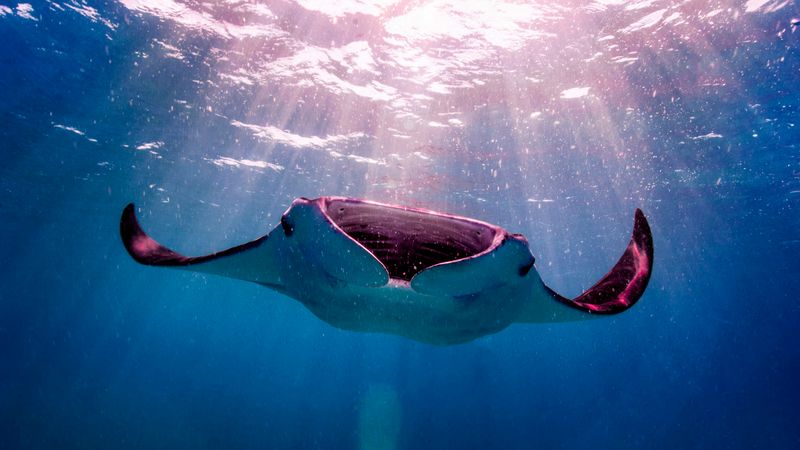
Move over, Hollywood stars! This pink sensation has graced magazine covers, featured in documentaries, and inspired countless social media posts.
When photographer Kristian Laine shared his images in 2020, they went viral overnight. Conservation groups have used this fame to highlight the importance of protecting manta rays and their ocean habitats.
6. Gentle Giant Personality
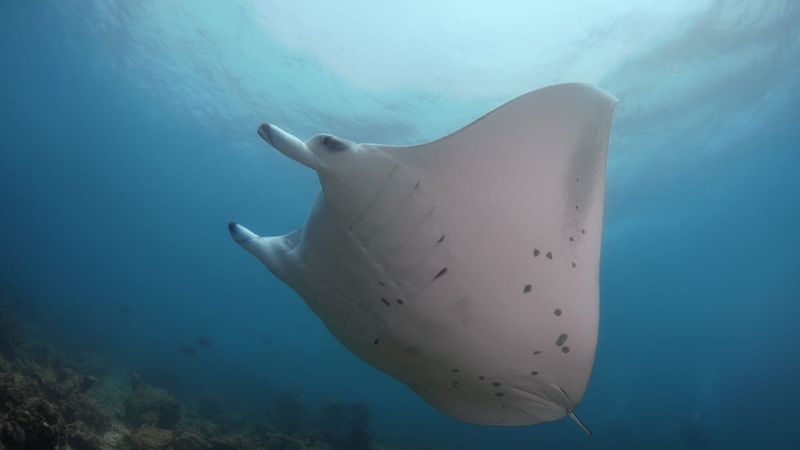
Despite his flashy appearance, Inspector Clouseau maintains the gentle temperament typical of manta rays. These creatures are known for their curiosity and intelligence.
Divers report that he’s neither shy nor aggressive around humans. He’ll sometimes cruise alongside swimmers, seemingly unfazed by his celebrity status or unique appearance.
7. The Only One Of His Kind
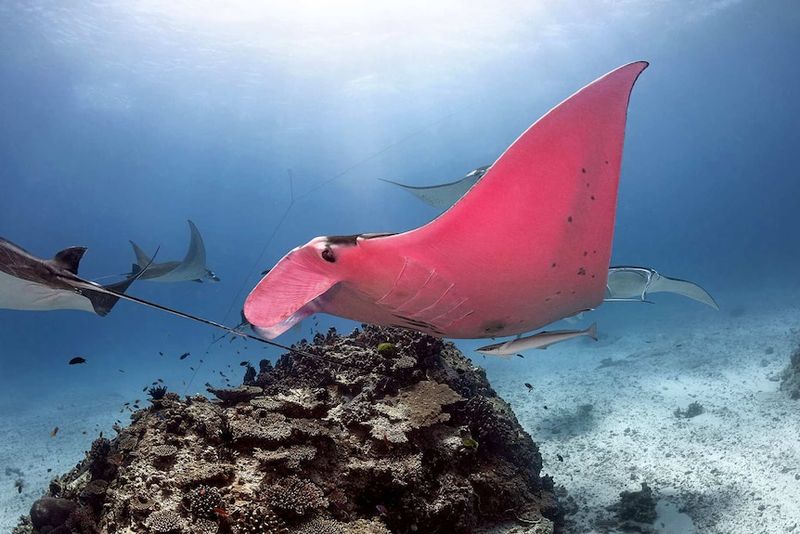
Lightning strikes rarely, but being born pink is even rarer for manta rays! Despite extensive marine research globally, no other pink manta has ever been documented.
Scientists continue monitoring whether this condition might appear in offspring, though manta reproduction remains mysterious. For now, Inspector Clouseau stands alone as nature’s pink masterpiece.
8. Conservation Icon Status
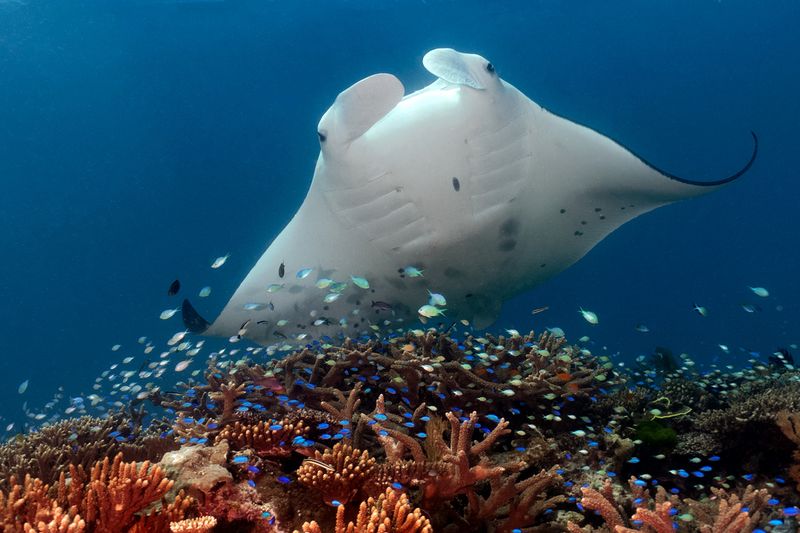
Talk about an accidental ambassador! This rosy ray has become a powerful symbol for ocean conservation efforts.
Manta rays face threats from fishing, habitat destruction, and climate change. Inspector Clouseau’s popularity has helped conservation groups raise awareness and funds to protect these magnificent creatures throughout the world’s oceans.
9. A Naming Tribute To Comedy
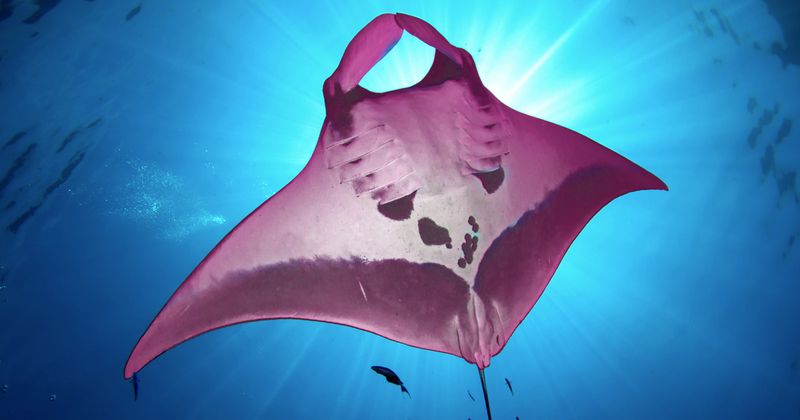
Why Inspector Clouseau? The name pays homage to the bumbling detective from The Pink Panther series played by Peter Sellers.
Local researchers chose this playful moniker because of the obvious pink connection. The name stuck, giving this serious scientific discovery a touch of whimsy that’s helped capture public imagination.
10. Tourist Attraction Extraordinaire
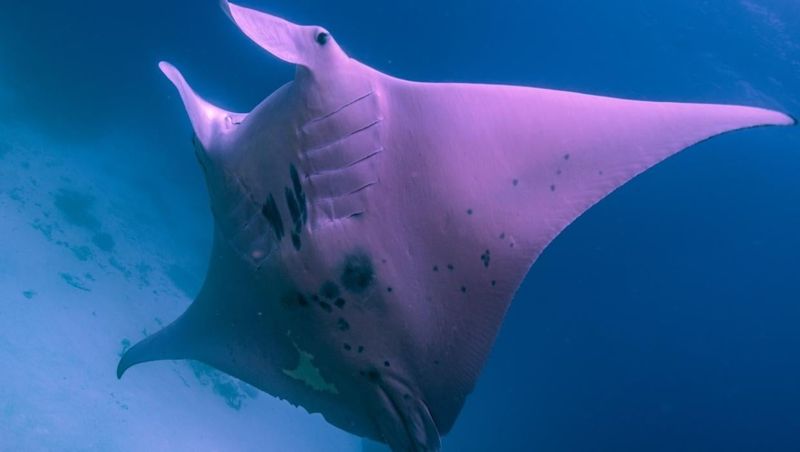
Spotting this rosy ray has become the underwater equivalent of winning the lottery! Dive operators around Lady Elliot Island have seen tourism spike since Inspector Clouseau’s discovery.
Divers from around the world book trips hoping for a glimpse of the pink wonder. Local businesses have created everything from pink manta ray t-shirts to special dive tours.
11. Ongoing Scientific Research
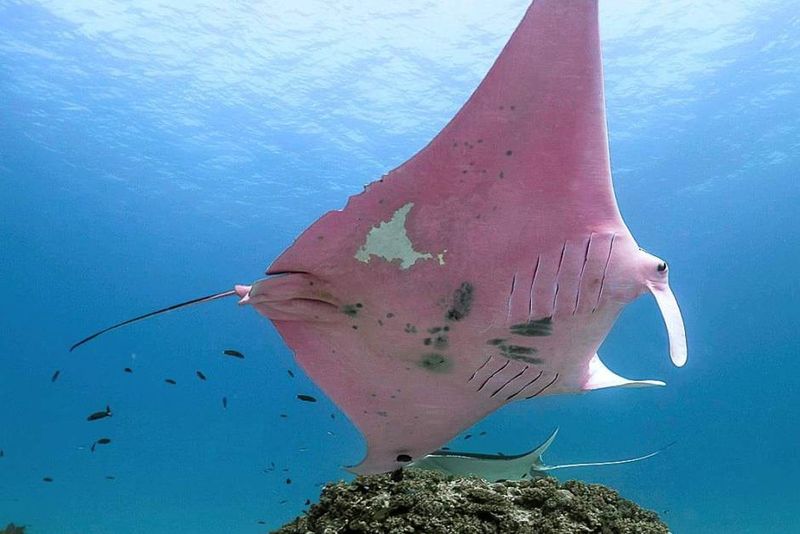
Project Manta researchers continue studying this colorful anomaly to better understand the genetic mechanisms behind his rosy glow.
They track his movements, monitor his health, and collect tissue samples when possible. This research not only helps explain his unique coloration but contributes to broader understanding of manta ray biology and genetics.
12. Feeding Habits Unchanged
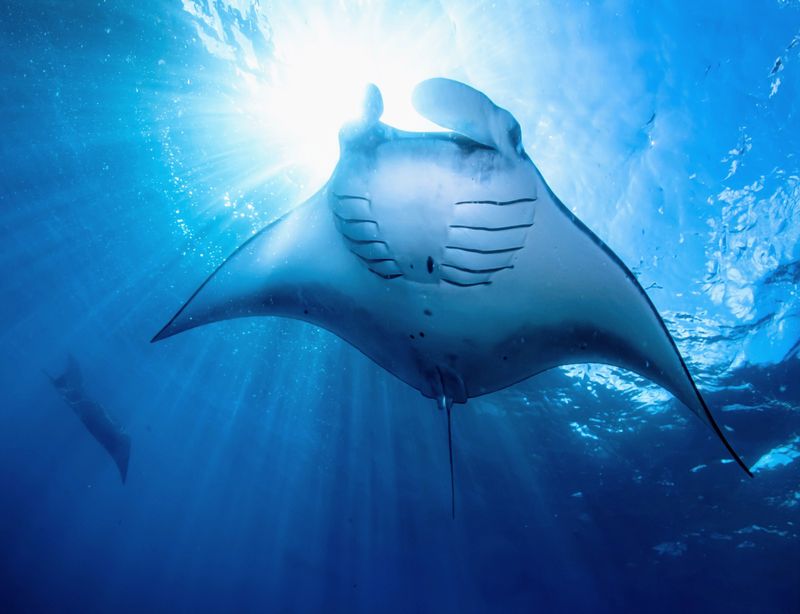
Don’t let the fancy color fool you – this ray dines just like its gray cousins. Manta rays are filter feeders, swimming with mouths wide open to strain tiny plankton from seawater.
Using specialized gill plates called branchial filters, Inspector Clouseau can consume several pounds of microscopic organisms daily. His pink hue doesn’t affect his appetite or feeding technique.
13. Part Of A Vulnerable Species
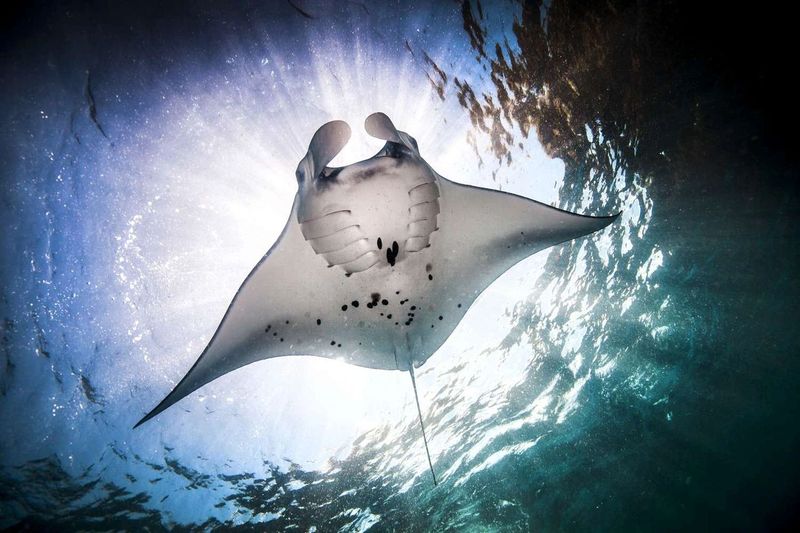
Behind the celebrity status lies a sobering reality – manta rays are classified as vulnerable to extinction by the International Union for Conservation of Nature.
Overfishing, particularly for their gill plates used in some traditional medicines, threatens their survival. Inspector Clouseau’s protected habitat gives him better odds than many of his relatives worldwide.
14. The Future Remains Mysterious
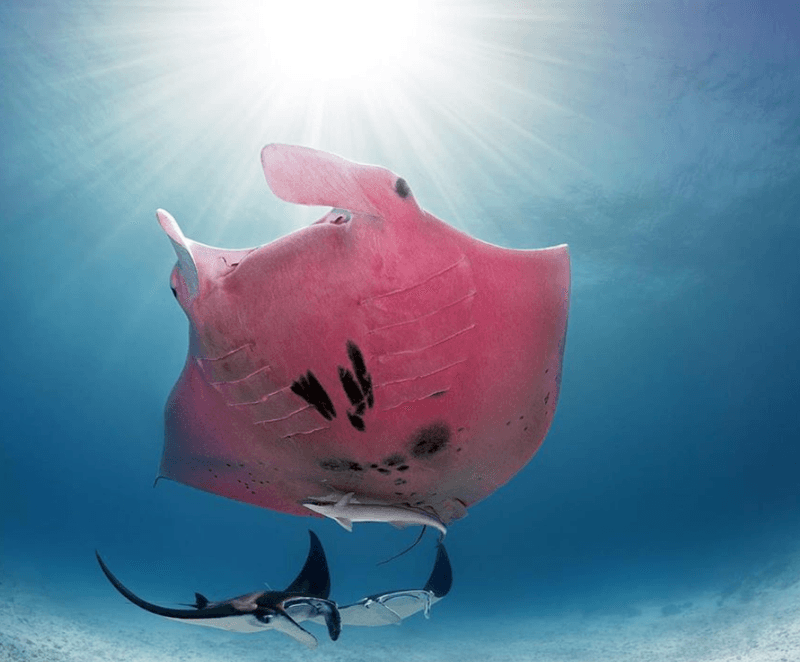
Could there be more pink mantas swimming undiscovered in our vast oceans? Marine biologists remain open to the possibility.
As ocean exploration technology improves, we might find more colorful surprises. For now, though, Inspector Clouseau maintains his status as the world’s only documented pink manta ray – a living reminder of nature’s endless capacity to amaze us.



